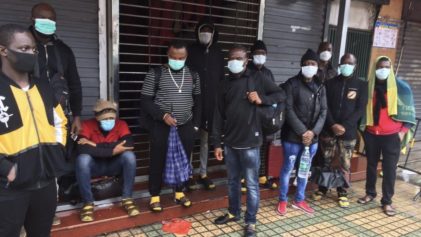Rather than head for the beaches or the wilderness parks on my first day in South Africa, I’m off to KwaMashu – the largest and oldest township in Durban.
My guide for the day is Thamsanqa, which is pronounced with a prominent Zulu tongue “click”, something I have so far utterly failed to reproduce. Luckily everyone calls him “Tammy”.
KwaMashu is the largest of Durban’s three main townships, formed in the late 1950s to re-house black South Africans once it became illegal for them to live in the cities. The townships are home to more than 500,000 people, most of whom have a very low standard of living, and more than 50 per cent are under the age of 25. Unemployment is around 30 per cent, and those with a job may only earn around R1500 (NZ$220) a month.
The greatest poverty can be found in shanty towns, where dwellings are built of corrugated iron and packing crates, with winding muddy paths between the shacks. Most are without plumbing and residents rely on community taps for water. Even the roadside stores are rough, with makeshift electrical wiring snaking its way to overloaded overhead poles.
It is real poverty, and I am acutely aware of how this must look to the residents – a bunch of wealthy white people driving past and staring at them.
“What do the people here feel about us driving through their neighbourhood and taking photos of them?” she asks.
Tammy seems prepared for the question and says he was one of the first operators to bring tourists to the township, but not before discussing it with community leaders and residents.
“Tours come through here most days. People are used to it all now. They know me here. I’m from KwaMashu. It is important that people see all this, that they understand what life in the townships is all about, and that the struggle continues every day here,” he says.
He’s right of course. If you really want to see and understand a country, you can’t just visit the beaches and museums. Although in truth it doesn’t make me feel a great deal better. Our small tour group that looked supremely average getting aboard the mini-bus that morning now seems conspicuously wealthy.
Gradually the houses take on a more permanent appearance…
Read more: P.K. Stowers, The New Zealand Herald


